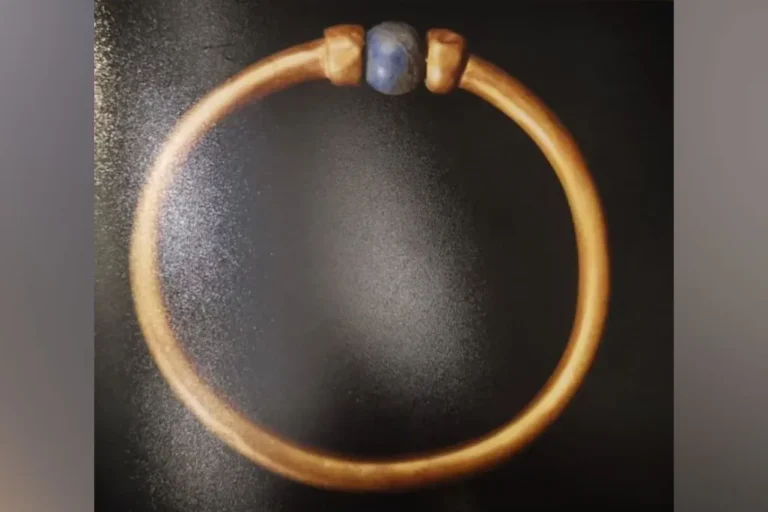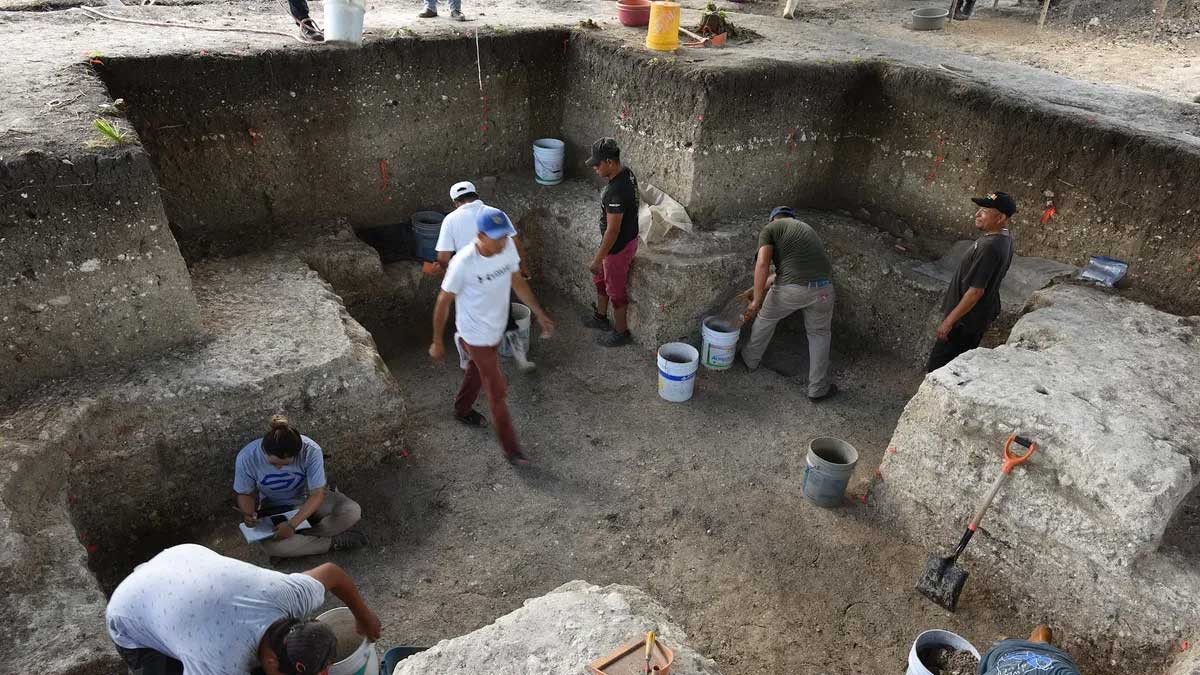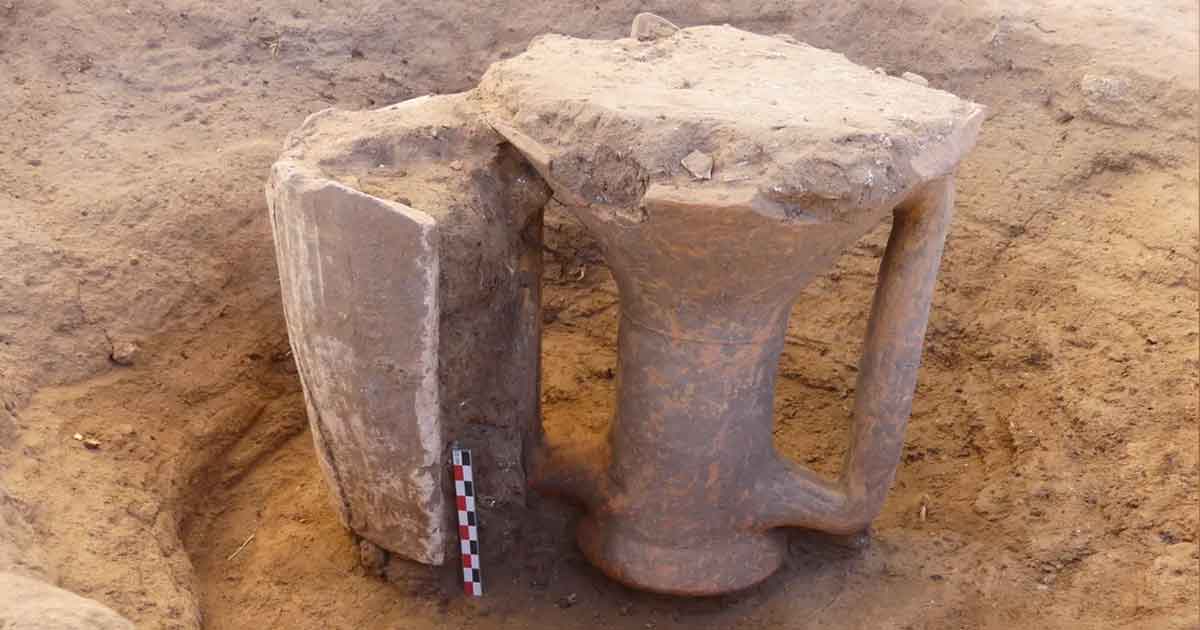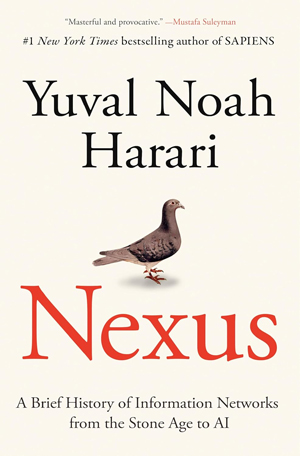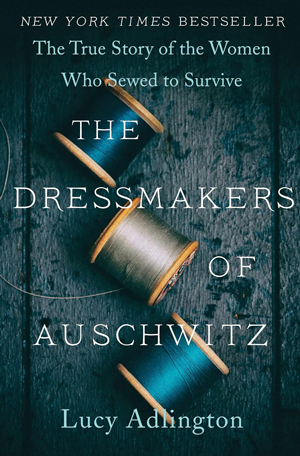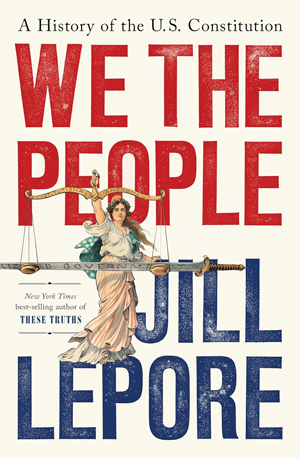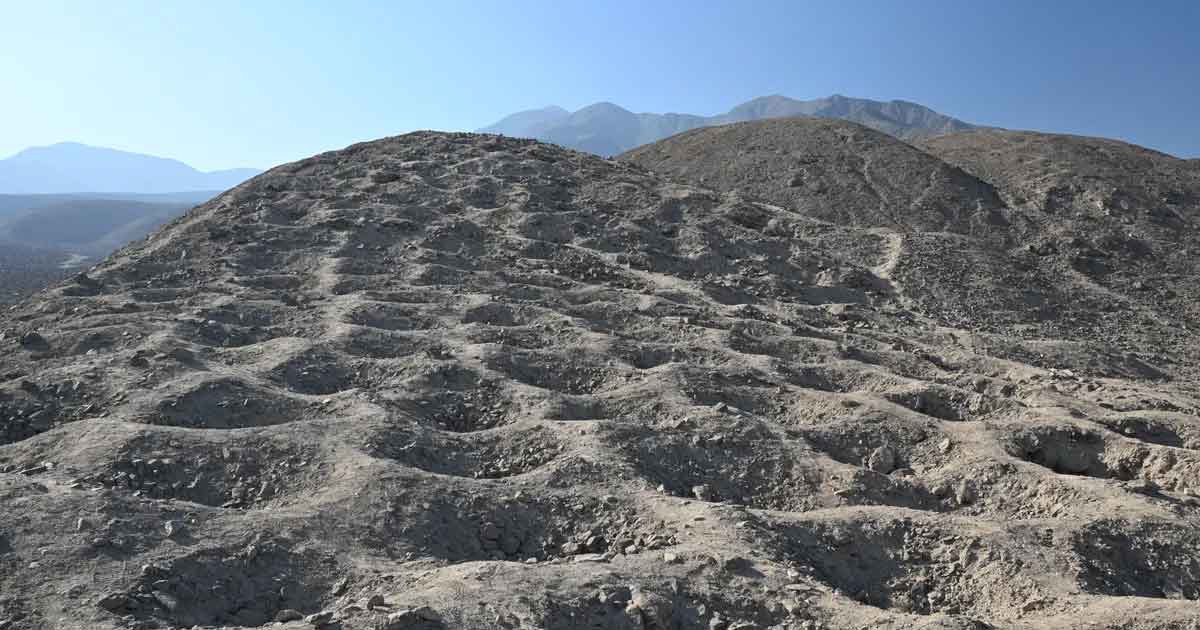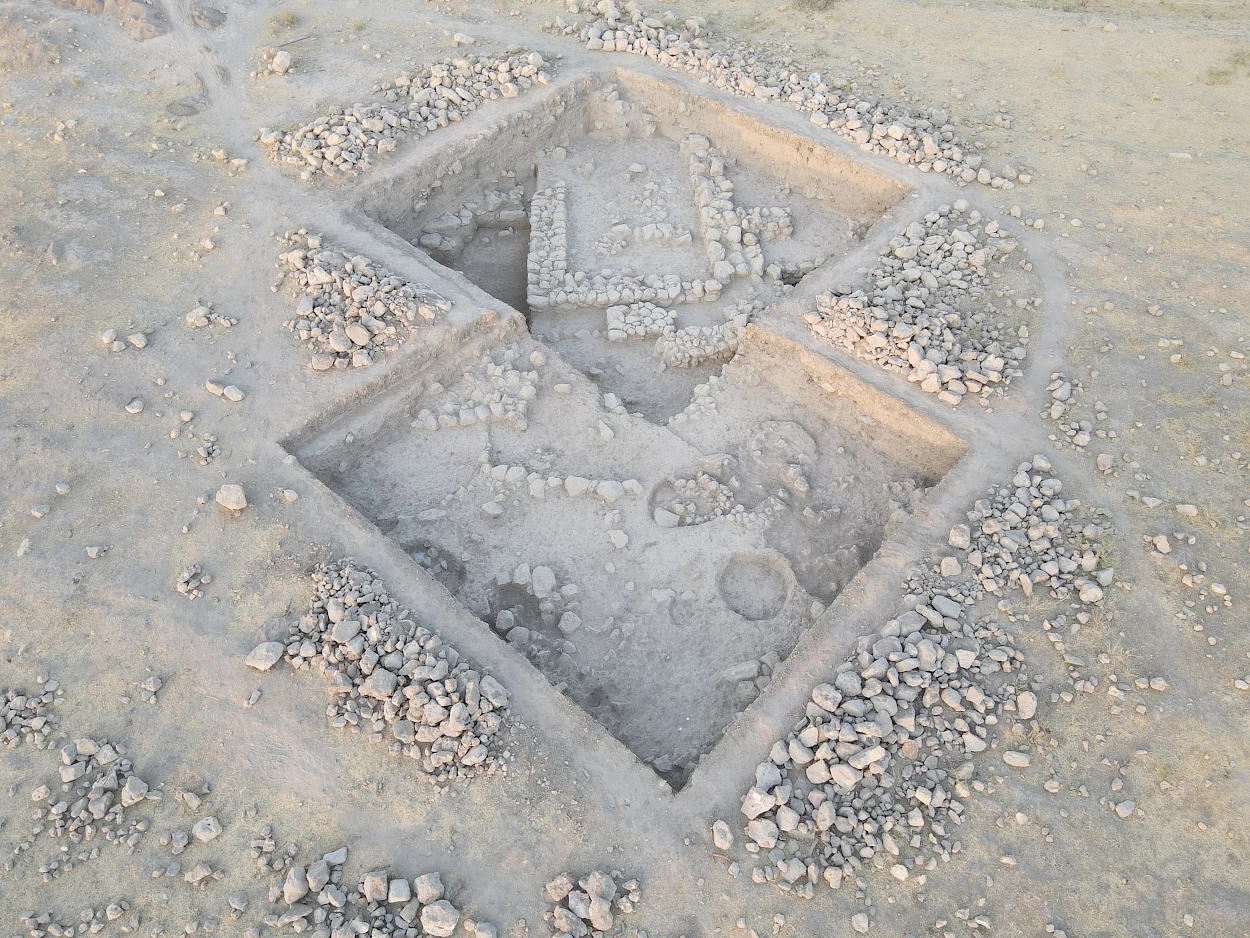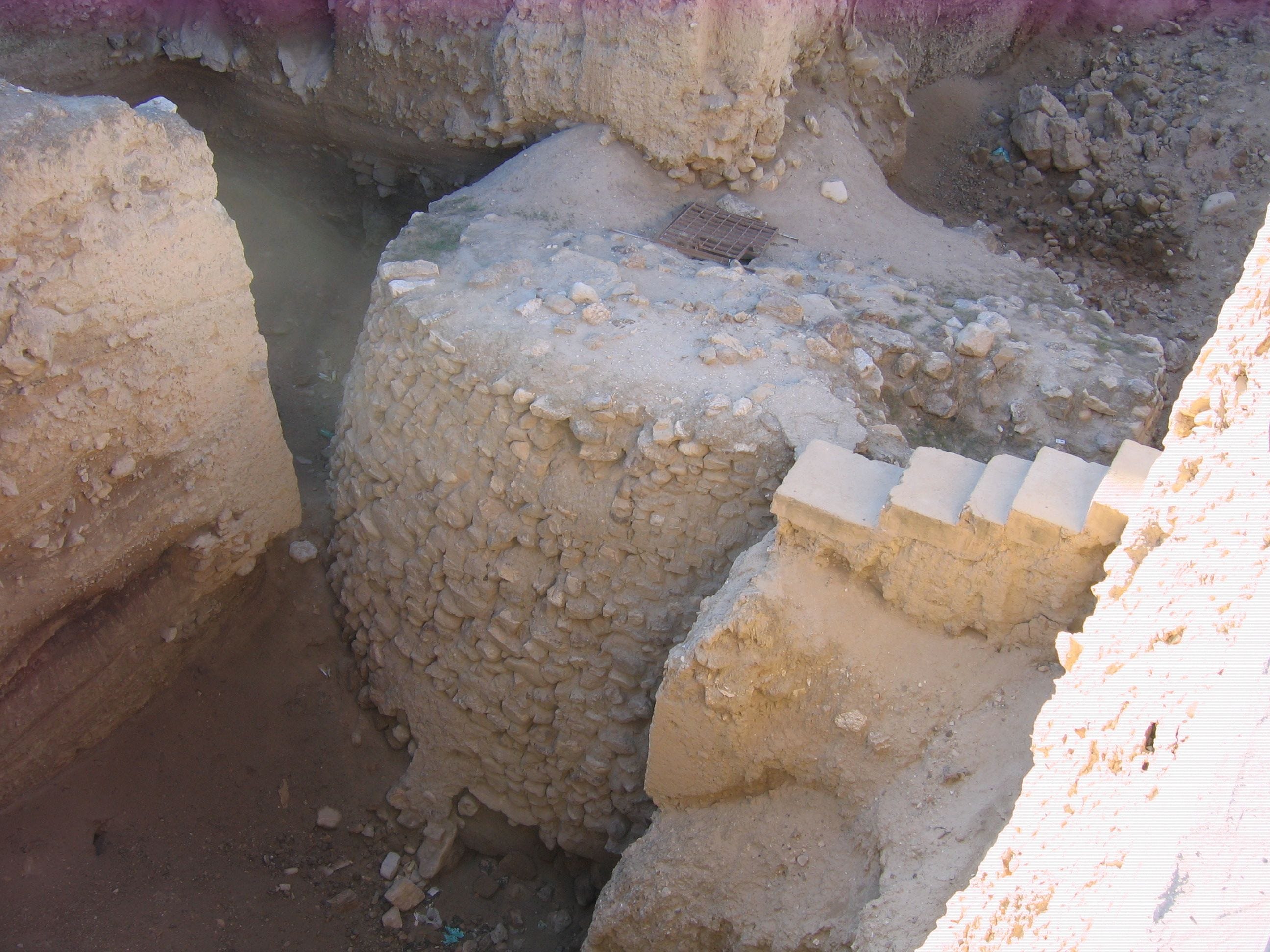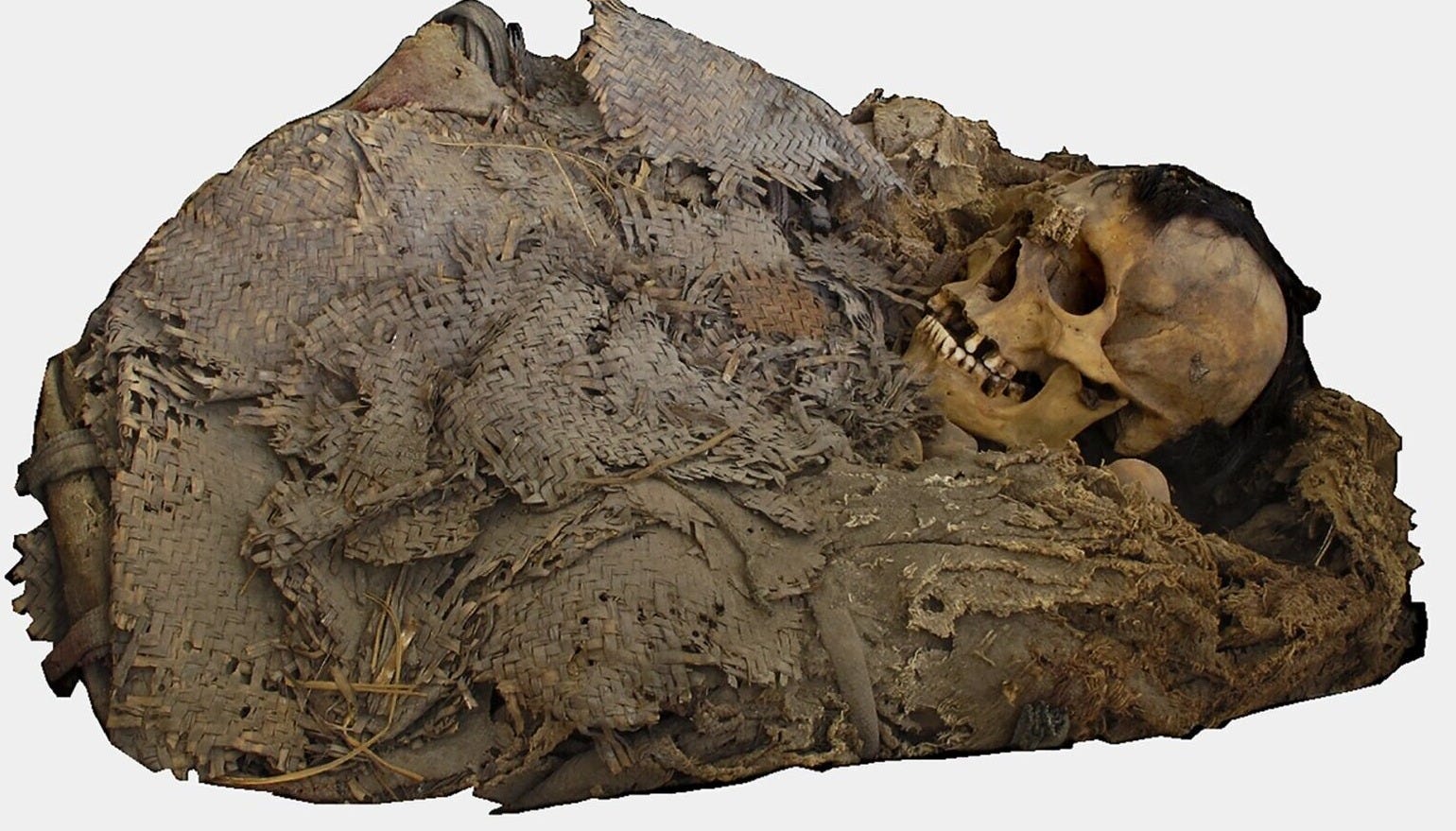A 3,000-year-old gold bracelet belonging to an ancient Egyptian pharaoh has been stolen from Cairo’s Egyptian Museum, sold for less than $4,000, and melted down by a gold smelter. Egyptian authorities have arrested four suspects in connection with the theft of the artifact once owned by Pharaoh Amenemope.
Museum staff discovered the bracelet missing during an inventory for artifacts scheduled for international shipment last week. The simple gold band, decorated with a single spherical lapis lazuli bead, had belonged to Amenemope, who ruled from Tanis in the Nile Delta during Egypt’s 21st Dynasty of the Third Intermediate Period.
Egypt’s Interior Ministry announced the investigation results on September 18, revealing the artifact’s journey from museum to scrap metal. A museum restoration specialist initially stole the bracelet, then sold it to a silver trader. The piece passed to a jewelry workshop owner, who sold it to a gold smelter for melting.
The Ministry of Tourism and Antiquities launched an immediate response after the theft, circulating photographs among law enforcement and archaeological authorities. Officials established a special committee to conduct a complete inventory of the conservation laboratory where the bracelet had been stored.
Forensic archaeologist Christos Tsirogiannis had warned CNN that stolen artifacts typically follow three paths: smuggling to auction houses with forged documentation, sale to private collectors, or melting for raw materials. While melting yields less profit, it makes crimes nearly impossible to trace.

Despite its modest appearance, the bracelet held significant cultural and scientific value. Egyptologist Jean Guillaume Olette-Pelletier explained that ancient Egyptians considered gold the “flesh of the gods” while viewing lapis lazuli as representing divine hair. The combination made even simple pieces spiritually meaningful.
“The stolen bracelet was not the most beautiful, but scientifically, it’s one of the most interesting,” Olette-Pelletier told AFP, emphasizing the research value lost when the artifact was destroyed.
The case highlights ongoing challenges facing Egyptian cultural institutions as they balance public access, international exhibitions, and security for irreplaceable artifacts. The theft occurred in a restoration lab, typically considered among the most secure areas within museum facilities.
All four suspects remain in custody as authorities continue investigating the theft and destruction of the 3,000-year-old royal artifact.
Featured image: The bracelet was taken by a staffer at the Egyptian Museum in Cairo. Egyptian Ministry of Tourism and Antiquities

